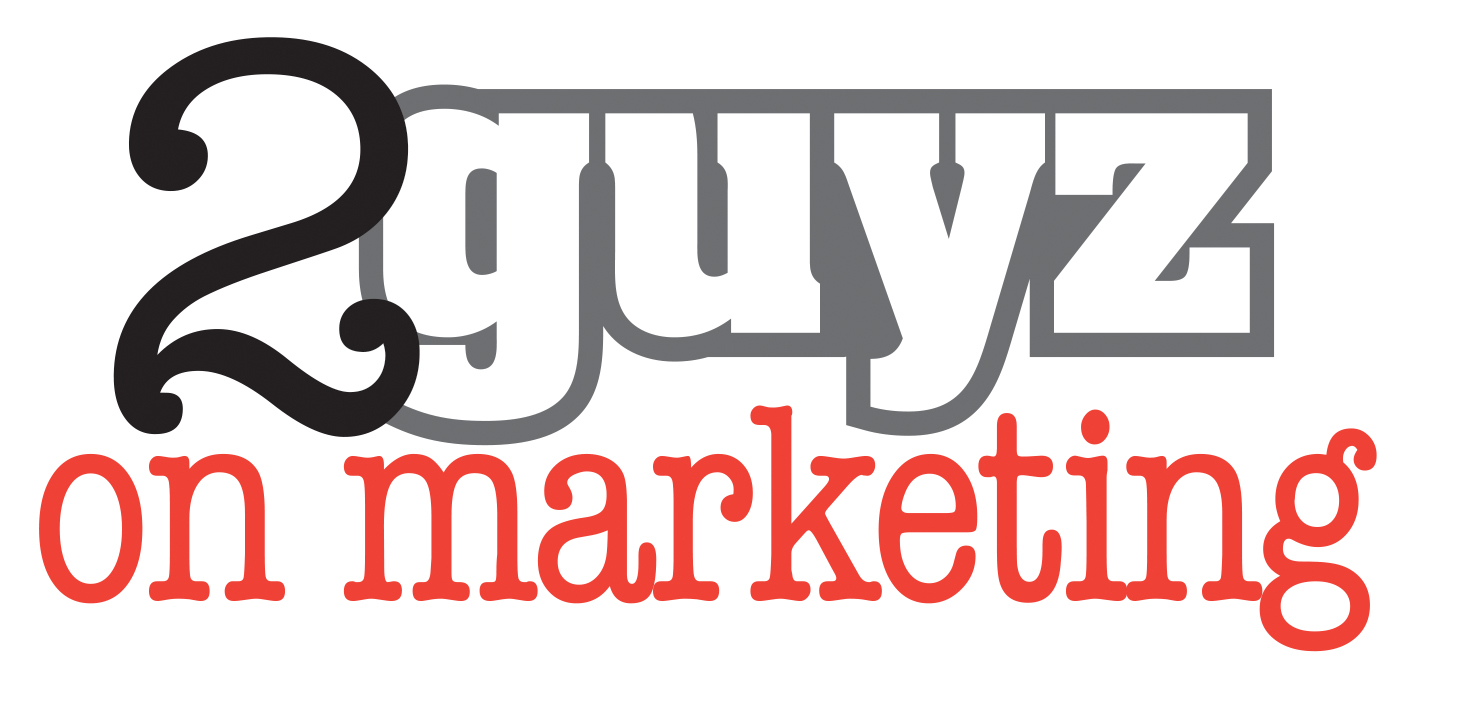Revisiting Price (from the 9 Ps of Marketing)

How does “Price” fit into the 9P’s of Marketing? Price and strategic “pricing” may differentiate your product in the marketplace.
Can your customers, clients or users tell the difference between you and your competition? Do they understand the differences in price…and value?
Can price be a key differentiator?
Here’s something we teach in class:
- You can as a company make your product stand out by lowering the price but if you cut your margin and earn less, that won’t help your bottom line. It will shrink it.
Most people wouldn’t usually think of “price” or pricing as a variable and a way to differentiate your product or service. Price is often thought of only as a result of “cost of goods” plus profit. In sophisticated marketing strategies, pricing can be very impactful as a differentiator.
In summer 2017, Amazon acquired the upscale chain Whole Foods for $13.7 billion. So, what did Amazon immediately do? It cut prices on a variety of different products and drove store traffic. In 2019, Amazon cut prices again to add traffic. Interestingly, in both cases there was so much publicity by the media which generated an increase in promotion, too.
The big question is “Will these price cuts be sustained and will they change shopper behavior? (Brief Update: Through its strategies Amazon has been training its Prime members (“People”) to expect low prices. Amazon offers its Prime members an additional 10% off sale items when they shop at Whole Foods. … To get the discount, Prime members will have to scan their Whole Foods app at checkout, after signing into the app with their Prime membership.)
Let’s look more closely at “Price” one of the nine elements or components:
- “Price” and “Pricing” are the sum of the values that customers exchange for the benefits of having or using the product or service. “Price” is all of the aspects regarding pricing. The amount of money a consumer is willing to pay to obtain the product. Pricing includes wholesale/retail/promotional prices, discounts, trade-in allowances, quantity discounts, credit terms, sales and payment periods and credit terms. Pricing decision making also involves adjusting prices concerning the competitive environment, economic situations and involve buyer perceptions.
- Examples:
- There are actually four ways to increase sales revenue:
- Increase the frequency of transactions per customer (“People.”)
- Increase the number of your customers.
- Increase average transaction size.
- Raise your prices.
- There are actually four ways to increase sales revenue:
Be sure to look at strategies of competing for the customer, not against your competition. As 2 Guyz Brian will often say, focus on satisfying your customer’s wants and needs, and you won’t have to worry as much about competition.
You can as a company make your product stand out by lowering the price but if you cut your margin and earn less, that won’t help your bottom line. It will shrink it Under “Price,” your firm can lower the price to the point it separates your company from the competition.
You can raise your price to create differentiation or exclusivity. It’s not always easy, but think of elite brands like Rolex, Bentley, or Tiffany. If the prices drop too low, the brand is actually devalued.
The 2 Guyz teach that with pricing, there can only be one “lowest price” leader. Fighting for the lowest price can also lead to fighting to win at failing, if profits are not maintained.
A common fallacy is that “we’ll make up for lower prices with volume”, but that rarely, if ever, works.
Walmart has done it by reengineering their business, their operations, their purchasing, and their distribution to not only make them the lowest price, but to be profitable at the same time.





